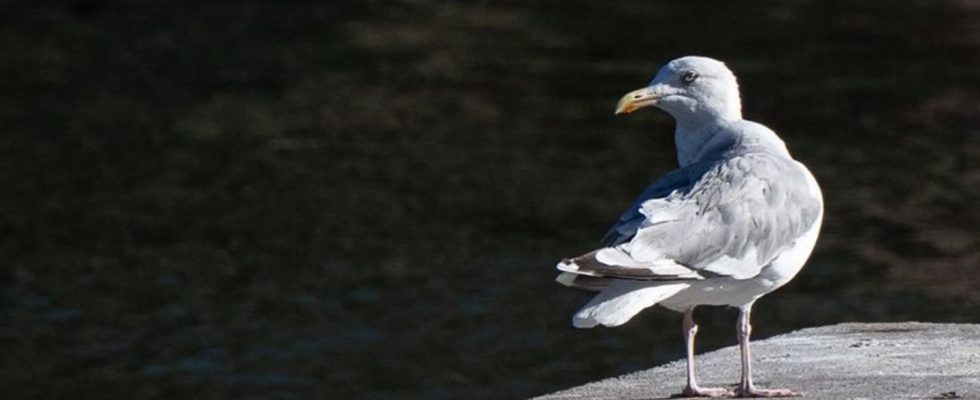Animals
Seagulls in Berlin – How the coastal bird came to the capital
A seagull sits on a jetty on the Spree in Berlin. photo
© Sebastian Christoph Gollnow/dpa
Far away from the North and Baltic Seas, they seem somehow strange. But seagulls no longer only feel at home by the sea, but also in cities like Berlin – with some special feeding habits.
There are particularly many nests there in Berlin. “The notable breeding grounds in the wild are actually islands, untouched areas where there is gravel and sand and no disturbance.” But there are fewer and fewer of them on the North and Baltic Seas because they are being built up or serve as local recreation areas for people.
More than 150 pairs of breeding birds in the city
That’s why the animals are looking for new habitats and would also find them inland – for example on the roof of a large shopping center at Alexanderplatz. “We assume there are more than 150 pairs of breeding birds in the city,” said Ehlert. Herring gulls, Mediterranean gulls, common gulls and steppe gulls: the names don’t sound at all like concrete and the big city. According to the expert, the animals were only summer guests for decades, but they have also been coming to the capital as breeding birds for more than ten years.
The smaller black-headed gull, of which there are around 50 to 60 breeding pairs, has always been native to Berlin, said Ehlert. It has a red beak, red legs and a head that is completely dark brown in summer. In contrast to their larger relatives, the birds do not breed on roofs, but on small islands and water lilies.
Lack of food as the reason
According to Ehlert, the fact that great gulls are now breeding in Berlin is also due to the lack of food. There are too few fish in the water and fewer and fewer fishing boats. Inland, the animals hoped for more food. “By the way, they don’t give their young fries or kebab, but the chicks actually get what they would otherwise get: fish,” explained Ehlert. To do this, the adult animals fly to the water. A special delicacy: Rats and small mammals are also fed to the little ones.
The breeding season is over around the end of July. Most of the great gulls are no longer in Berlin, said Ehlert. “Many have long since left Germany and are already somewhere in the world.” According to the expert, large gulls fly around for several years and then often return to their place of birth. Some Berlin seagulls do not come back to the capital, but breed in other large cities such as Hamburg or Stuttgart. “They tend to stay urban once they grow up here.”

